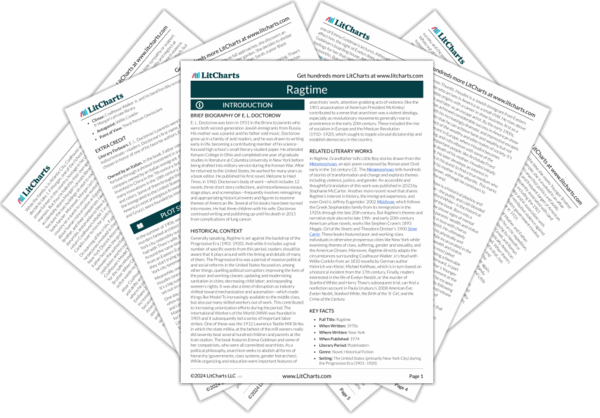With its characteristic irony, the book suggests here that Harry Houdini, American citizen, might have inadvertently played a part in the development of the German Luftstreitkräfte (the German Air Force) which was to play an important role in WWI on the side of the Central Powers, the enemy of many of America’s allies (and ultimately America itself. Regardless of Houdini’s responsibility for inadvertently arming enemies, this moment also reminds readers of what Houdini can’t possibly know, despite the interest German military officials have in bolstering themselves: how near the start of WWI looms.
